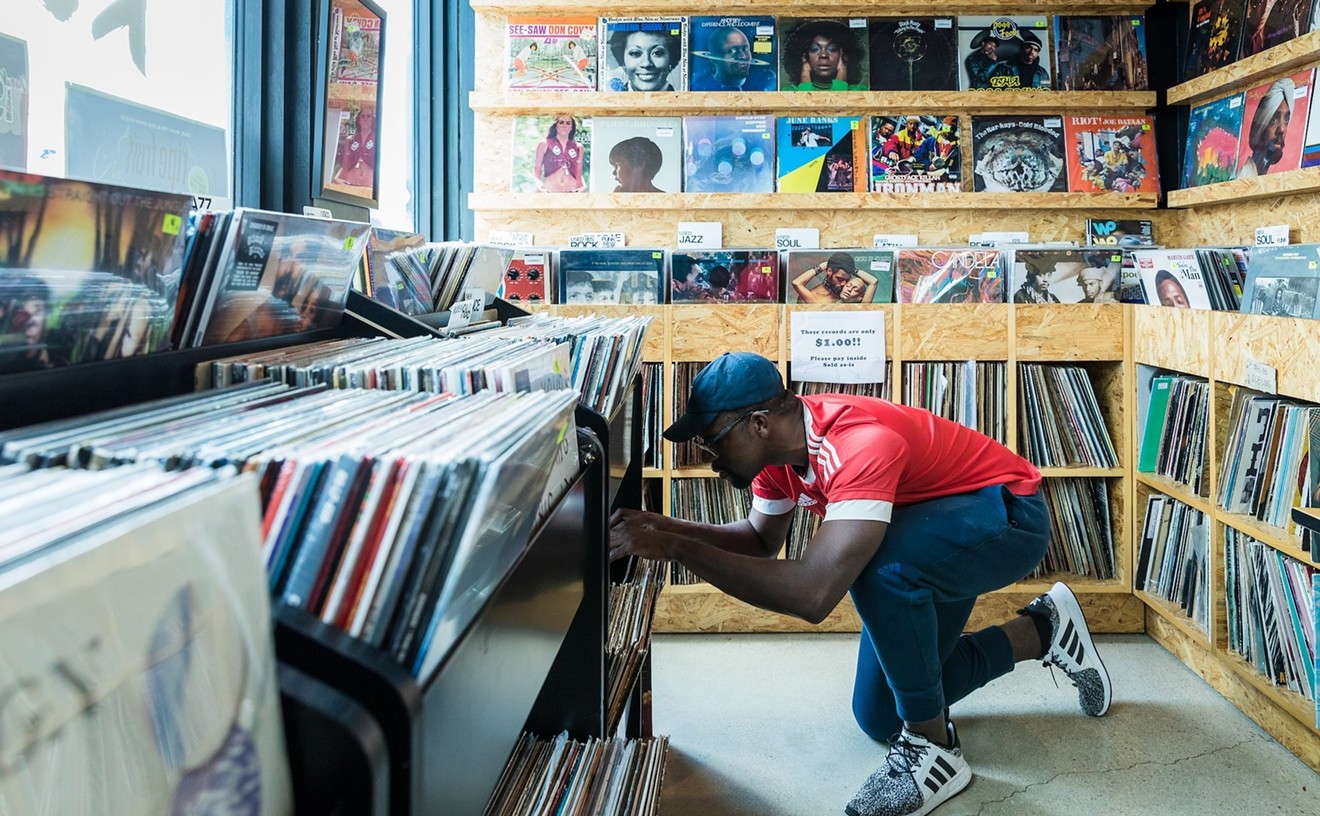After knocking down the famous 100-foot tall wooden roller coaster at Boomers, developers have secured permission to build an $800 million shopping plaza in its place. Though pitched as a way to kickstart Dania Beach’s economy, the planned Dania Pointe has nearby residents concerned about its impact on their sleepy, affordable neighborhood.
“Obviously the area’s very cheap, and the residents are not wealthy,” says Nathan Pim, a local activist who lives in the neighborhood. “I wouldn't even say it's a concern so much as a fact that this development will eventually price people out of the area.”
The shopping plaza will bring major retailers, restaurants, and residences to the 102-acre site, which is located just east of Interstate 95 at Stirling and Bryan Roads. Plans passed the city commission, Kimco Realty has already started leasing to tenants, and construction is slated to begin in 2016.
A thousand residential units are set to go up soon after. It seems developers might be overstating the neighborhood's humble demographics since the Dania Pointe's website states: "The area's demographics are strong, and improving. Within a 20-minute drive time from Dania Pointe Residences there’s a population of 996,126, of which 466,187 have an average household income of over $100,000." (The people who reside in the neighborhood directly beside the site definitely don't make anywhere near $100,000 annually.)
Paul Puma, president of the Southern Region for Kimco Realty Corp., did not return messages from New Times seeking comment.
Those who live in northwest Dania Beach's predominately black, lower- and middle-class neighborhood bordering the site are concerned.
Shantell Thompson, a smiling woman who has lived in a duplex in the neighborhood for the past two years, worries about rising rent prices and extra traffic. “It’s a quiet, friendly neighborhood, and rent is reasonable,” she says. “School are walking distance too.” But if the luxury shopping destination causes property prices to soar (and Thompson’s monthly rent prices with it), she says she has “no idea where I’ll go.”
Jean King, an older woman with two yapping dogs and a manicured lawn, says no one has even talked to her about the Dania Pointe project. She has been living in the neighborhood for a year. “If rent prices go up, then I will definitely have concerns,” she says.
Unlike Fort Lauderdale, attempts to the develop Dania Beach have been unsuccessful throughout the years. Except for the stores directly off I-95 and a handful of antique stores, Broward’s oldest city remains a quiet, affordable residential community.
Vice Mayor Albert Jones has lived in Dania Beach for the past 70 years. Though he believes the shopping plaza will ultimately benefit the community, he says he will fight to prevent gentrification. “It’s something that people should be concerned about and the commission is already concerned about,” Jones says. “As an elected leader, I don’t want people relocated, especially those who have been living in the community for years. Somehow, we have to find a balance.”
Not all residents, however, fear the $800 million shopping plaza; some are actually thrilled. Seventy-eight-year-old Bertis Stokes has lived in Dania since he was 8 and owns his cozy bright green house. “I’m excited. I can walk there,” he says of the new shopping plaza. “No one stands in the way of progress. It’s about time for Dania to grow.”
[
{
"name": "GPT - Billboard - Slot Inline - Content - Labeled - No Desktop",
"component": "16971022",
"insertPoint": "2",
"requiredCountToDisplay": "2"
},{
"name": "Editor Picks",
"component": "15769925",
"insertPoint": "4",
"requiredCountToDisplay": "1"
},{
"name": "Inline Links",
"component": "16575154",
"insertPoint": "8th",
"startingPoint": 8,
"requiredCountToDisplay": "7",
"maxInsertions": 25
},{
"name": "GPT - Rectangle 2x - Slot Auto-select - Labeled",
"component": "15782206",
"insertPoint": "8th",
"startingPoint": 8,
"requiredCountToDisplay": "7",
"maxInsertions": 25
},{
"name": "Inline Links",
"component": "16575154",
"insertPoint": "8th",
"startingPoint": 12,
"requiredCountToDisplay": "11",
"maxInsertions": 25
},{
"name": "GPT - Leaderboard to Tower - Slot Auto-select - Labeled",
"component": "15782207",
"insertPoint": "8th",
"startingPoint": 12,
"requiredCountToDisplay": "11",
"maxInsertions": 25
}
]











